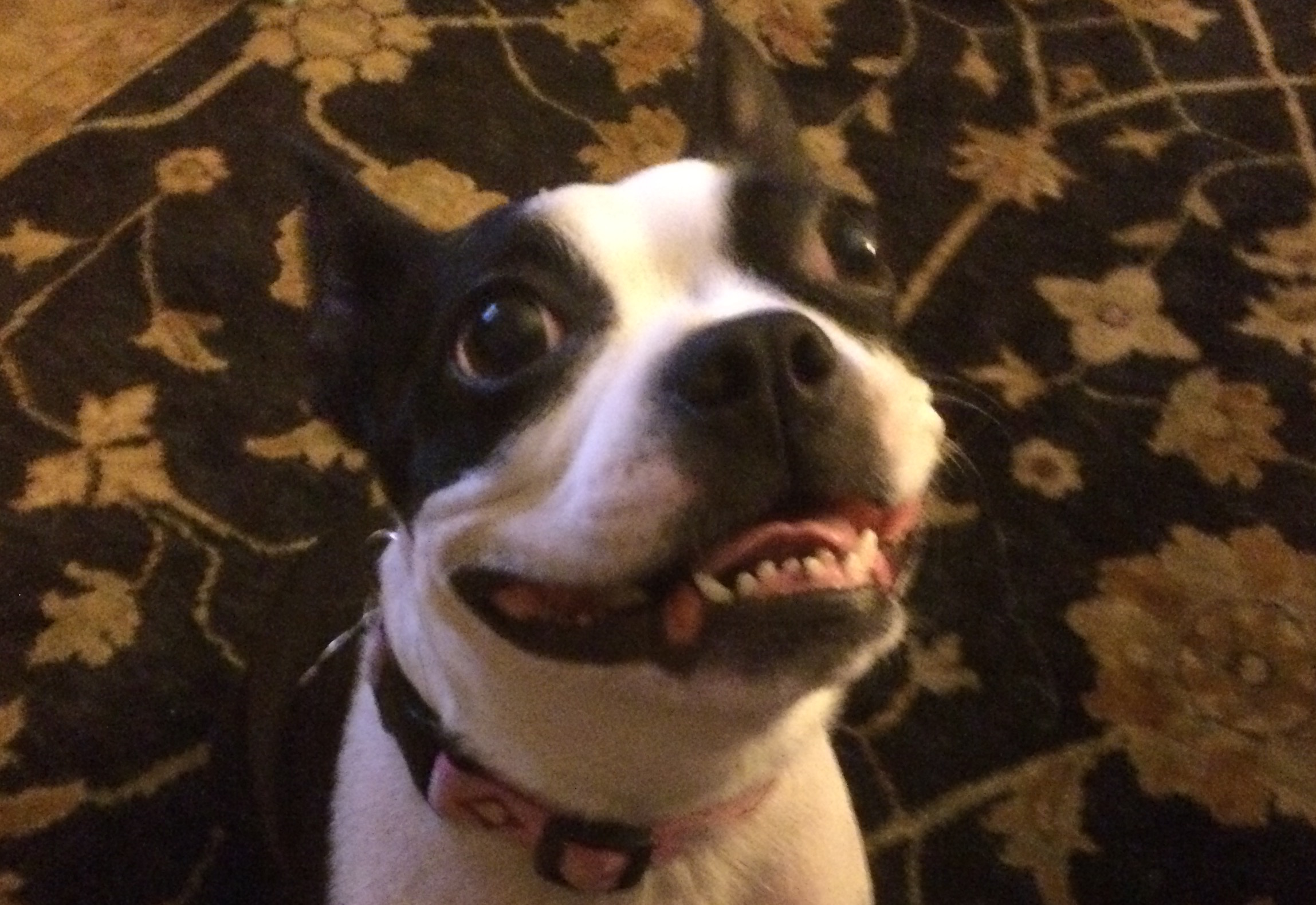Does your dog dutifully patrol the perimeter of your property and signal the approach of outsiders like an air-raid siren? Or does he dive under your armpit when even a familiar person draws near? Does she leap and twirl and play-bow for anyone willing to watch?
Dogs, just like humans, have their own “personality” inventories. The Canine Behavior Type Index (CBTI) is a dog personality analysis developed by Kenneth Dagley, a trainer, and Dr. Jacqueline Perkins, a veterinarian, from the Good Dog Behavior Clinics in Australia.
Reputable organizations such as Canine Assistants use the CBTI to develop individualized training plans to strengthen certain personality traits while mitigating others service dogs. The CBTI is available online to anyone curious about their dog’s personality type.
To obtain a particular dog’s “profile,” the primary dog parent answers 26 multiple-choice questions regarding the dog’s temperament. Each question relates to one of three dimensions of personality. The Environmental Dimension assesses whether the dog is more of an Organized (O) or Spontaneous (S) type. The Social Dimension looks at the dog’s place in the world of animal hierarchy: Alpha (A), Beta (B) or Gamma (G). Lastly, the Motivational Dimension determines whether the dog is High (H) or Medium (M) energy.
The combined responses generate one of 12 personality profiles: the Commando, the Director, the Defender, the Sentry, the Deputy, the Diplomat, the Rebel, the Aristocrat, the Adventurer, the Dreamer, the Investigator and the Companion. A brief description of each profile is provided for free. Or, you can purchase a full report (15 pages or so) for $9.95 AUD. The full report includes detailed personality traits of the dog’s profile, and how best to train, exercise and manage him or her in various circumstances.
It is recommended that each dog’s primary caregiver answer the questions to ensure accuracy. However, my wife, Susan, and I separately answered the assessment questions about our Lilly, the Boston terrier. Interestingly, our answers yielded somewhat different profiles.
According to my answers, Lilly is a “OBH” (Organized, Beta, High-Activity) type and fits the “Defender” profile. In my view, Lilly is flexible about social structure (as the “Beta” in her suggests) and functions best in an organized environment in which clear rules are established. Per my wife’s answers, Lilly is a “SBH” (Spontaneous, Beta, High-Activity) type and fits the “Adventurer” profile. In my wife’s view, Lilly regularly “challenges the social order, routine and environmental orderliness” and is “highly competitive.”
Our contrasting responses in the Environmental Dimension could be reflective of the different roles we play in Lilly’s life and, thus, the parts of her personality we evoke. Generally, Susan feeds and walks Lilly during the day, giving her greater exposure to other people and animals. I, on the other hand, am Lilly’s principal trainer and playmate at night and on weekends.
Since Lilly’s world revolves around us (as is true of any dog with human parents), there must also be some truth to the idea that we are “imprinting” her with the best - and worst - parts of our personalities. In other words, Lilly’s personality profile - just like everyone else’s - is painted with nature and nurture.
So what’s Lilly’s real personality “type?” I don’t know that the definitive answer to that question is as important as understanding that the unity of our unique and fluid personality “types” offer us all the opportunity to bring out the best in each other.
_________________________________________________________________________________
To get your doggie profile, go to www.petconnectgame.com

